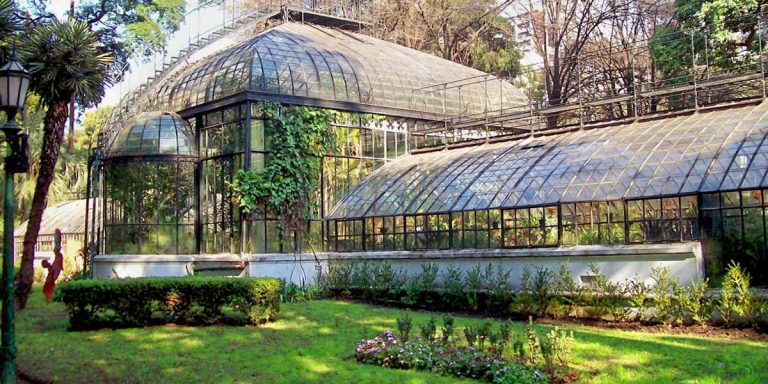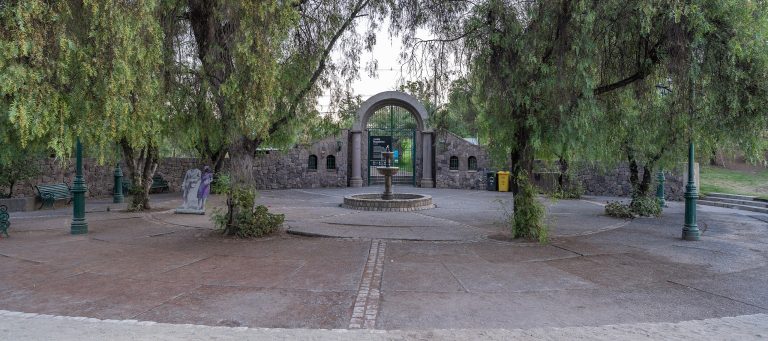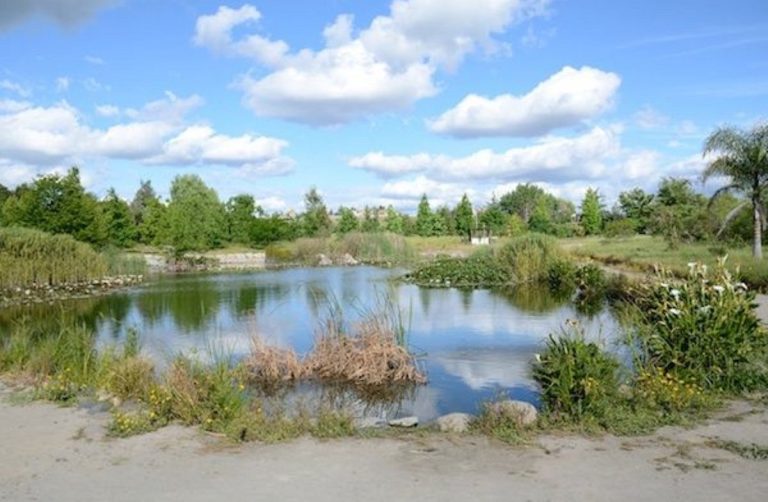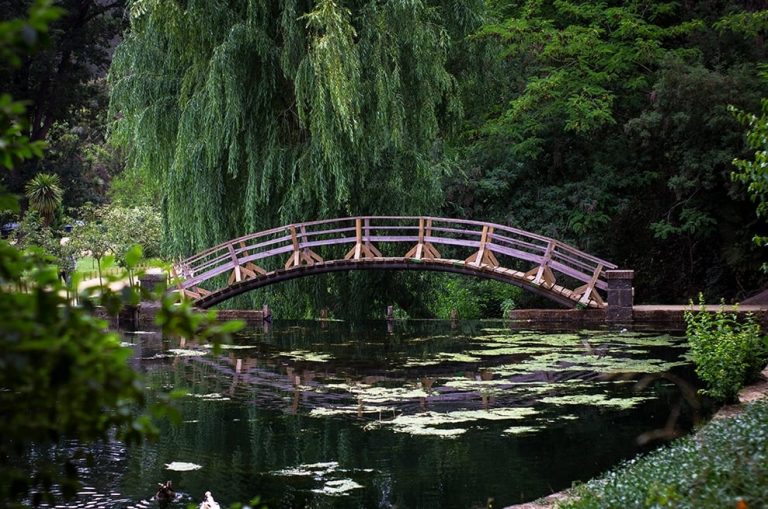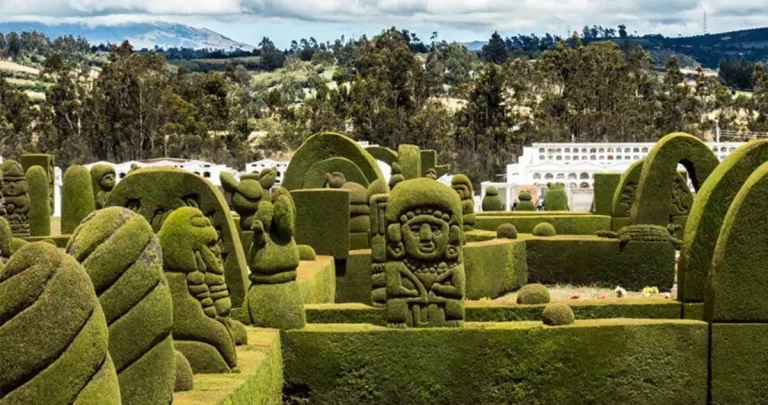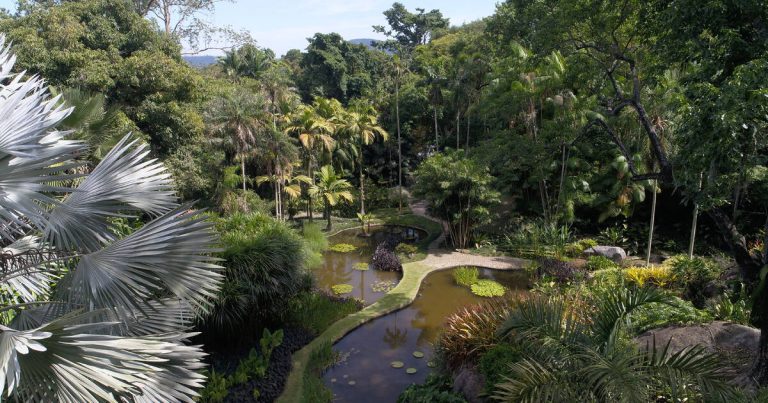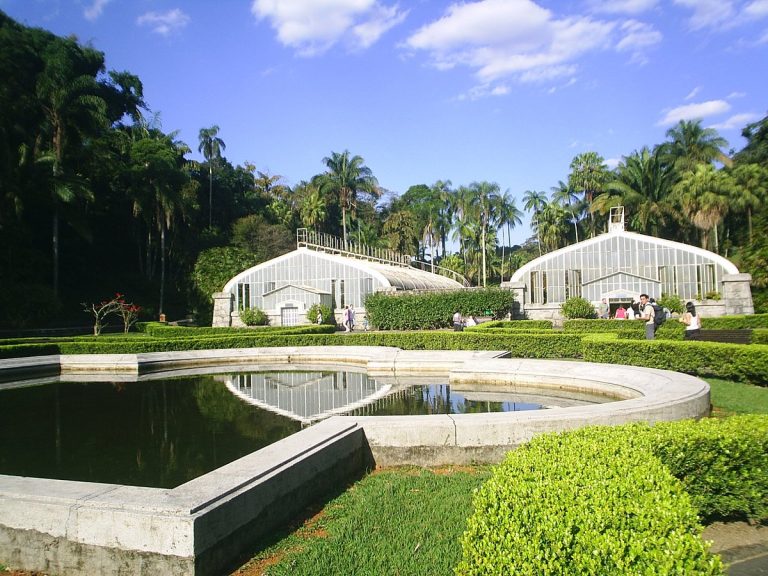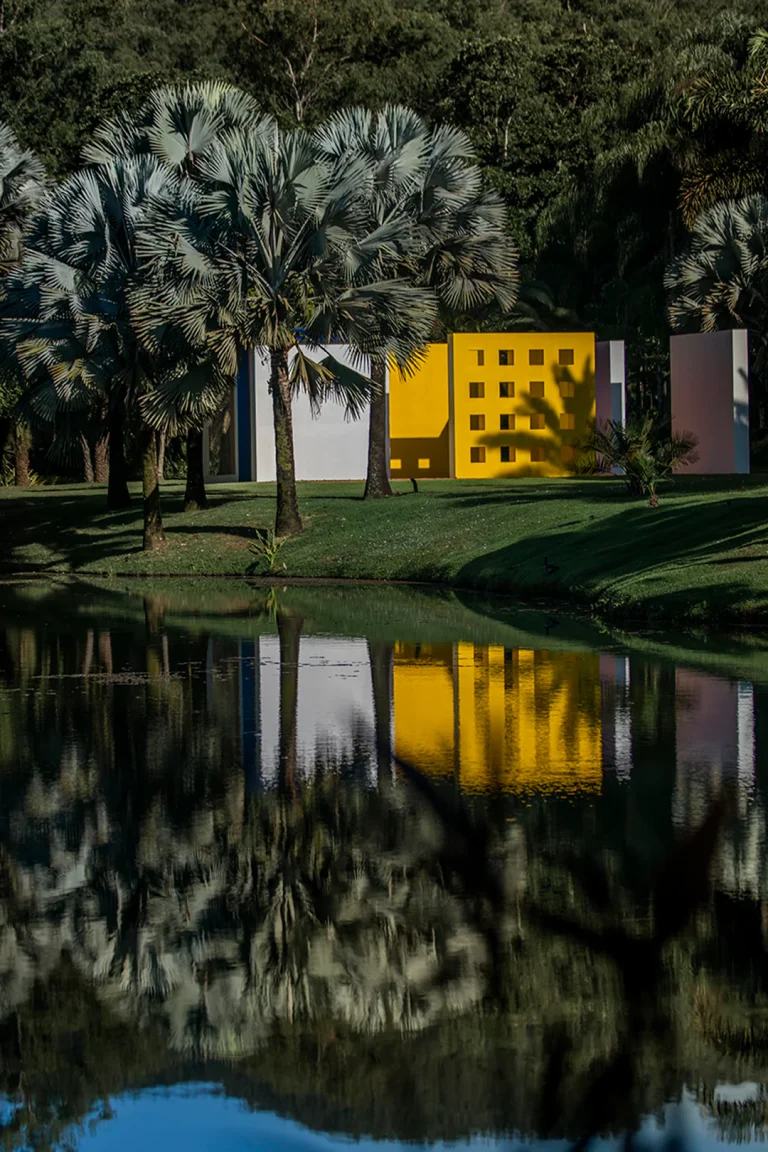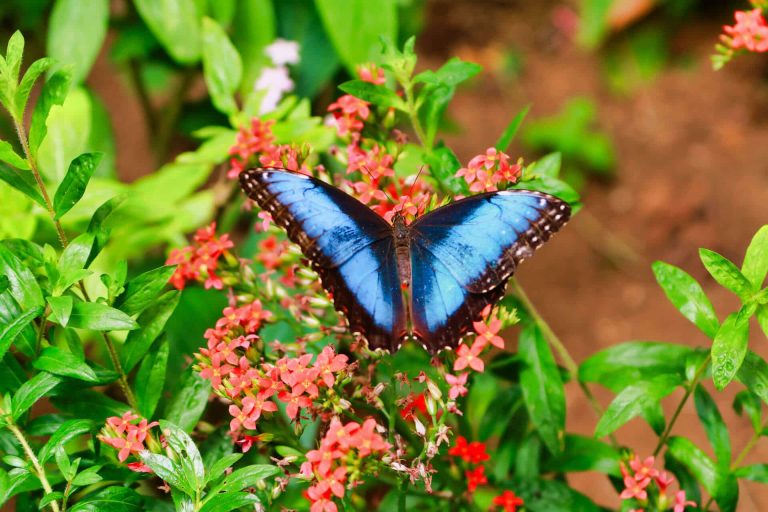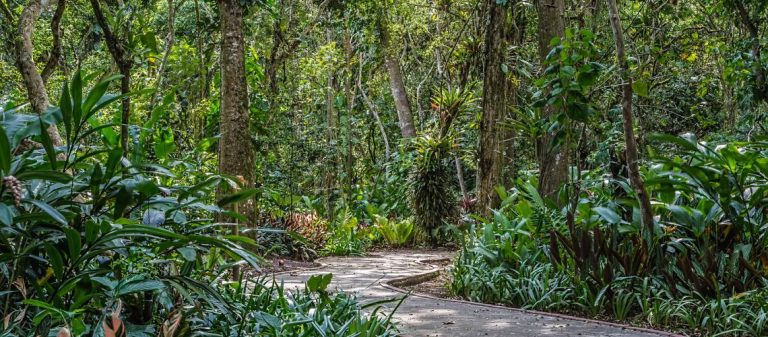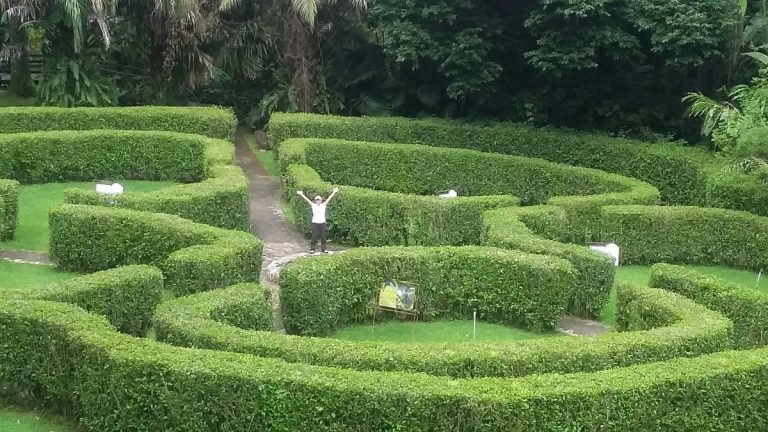Buenos Aires Botanical Garden
The most diverse plant species grow and reproduce in one of the most important gardens in Buenos Aires. It preserves an important living collection of tree specimens with approximately 5 hectares dedicated to Argentine flora and some 2 hectares with species from the temperate forests of the five continents.
It was declared a National Monument for its cultural and natural character in 1996 and represents a natural reservoir of enormous importance due to its fully urban location. Its work teams develop teacher training tasks, applied research on flora, environmental management and, specifically, biodiversity conservation. Among the plant specimens that make up its living collections, there are some that are unique in the city and, in certain cases, unique in the country.

